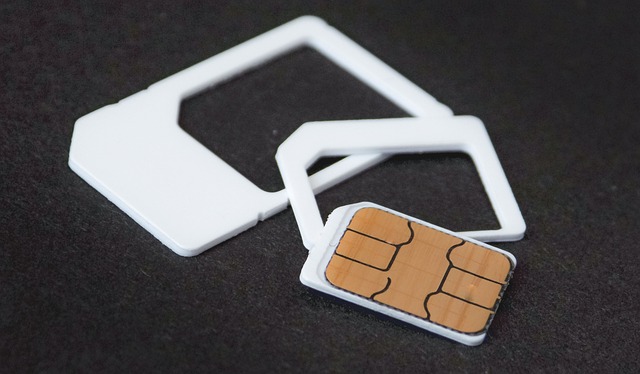"The Emergence of E-Ink: A Quiet Revolution in Screen Technology"
Intro: E-Ink, an electronic paper display technology, has been subtly transforming our digital world, often unnoticed. This article delves into the history, current developments, and potential impact of E-Ink technology, offering a fresh perspective on this understated, yet profound, innovation.
The Roots of E-Ink
E-Ink technology, also known as electronic paper, was born in the labs of the Massachusetts Institute of Technology (MIT) in the late 1990s. The goal was to mimic the qualities of traditional paper—high contrast, readability in sunlight, and low power consumption—but with the added ability to change the displayed content electronically. The initial commercial realization of this concept was in the form of E-readers, with the Amazon Kindle being a notable example.
Evolution and Application
Over the years, E-Ink technology has evolved considerably, with improvements in refresh rates, color displays, and flexibility. This evolution has expanded its application beyond e-readers to other devices that benefit from low power consumption and easy readability. These include smart watches, electronic shelf labels in retail stores, and even digital signage in public spaces.
E-Ink Today: A New Wave of Innovation
In recent years, E-Ink has seen a resurgence of sorts, with new and innovative uses for the technology. For instance, E-Ink tablets that replicate the feel of writing on paper are gaining popularity. Moreover, E-Ink is increasingly being used in smartphones, like the Yotaphone, which boasts an E-Ink display on the back for reading and other low-power tasks.
The Market Impact of E-Ink
The market for E-Ink displays is estimated to reach $28.87 billion by 2026. The technology’s versatility and unique advantages make it a compelling option for device manufacturers seeking to differentiate their products, reduce power consumption, and improve user experience. With advancements in technology and declining costs, we might see E-Ink displays in more common devices like laptops and smartphones.
The Future of E-Ink
The future of E-Ink looks promising, with ongoing research into color E-Ink displays and even video-capable E-Ink screens. If these technologies mature and become commercially available, they could revolutionize the way we interact with digital devices, making them more comfortable to use and more energy-efficient.
In conclusion, E-Ink technology may not be as flashy as some other tech advancements, but its quiet revolution is set to leave a significant mark on the digital landscape. As we move towards more energy-conscious tech usage, E-Ink could well be the dark horse that changes the game.





